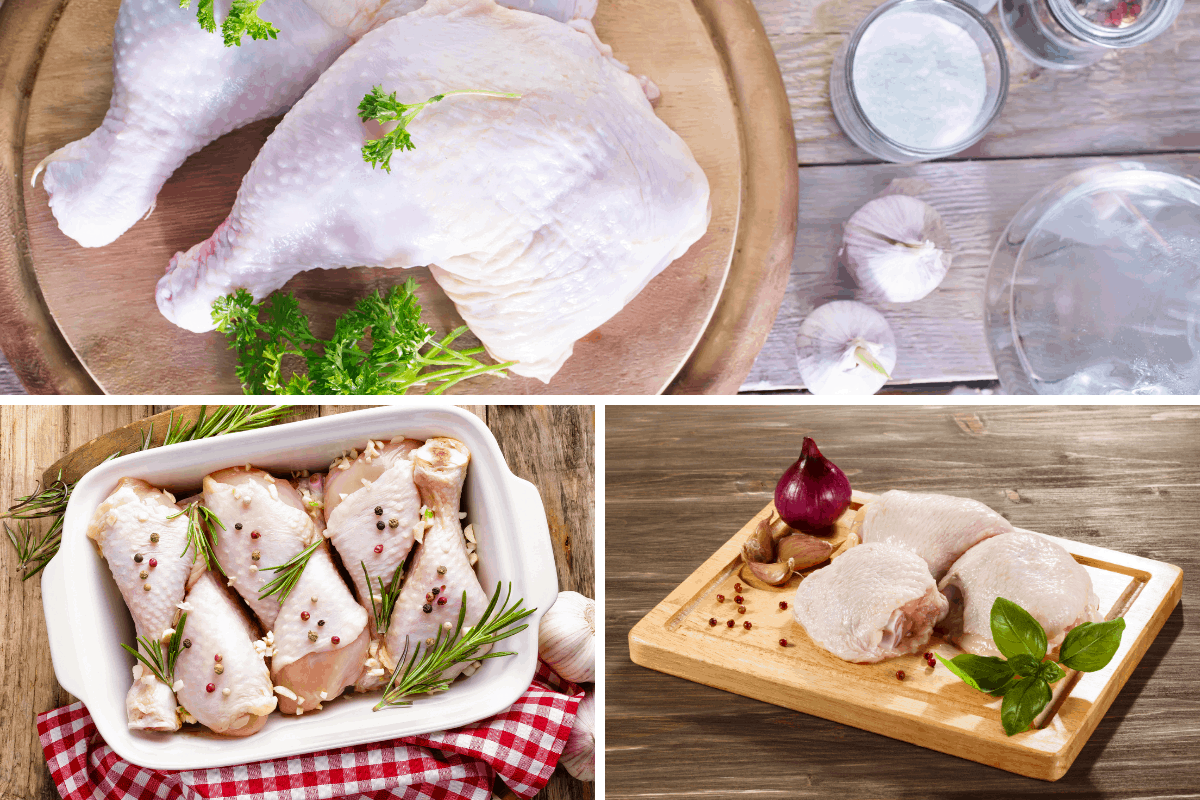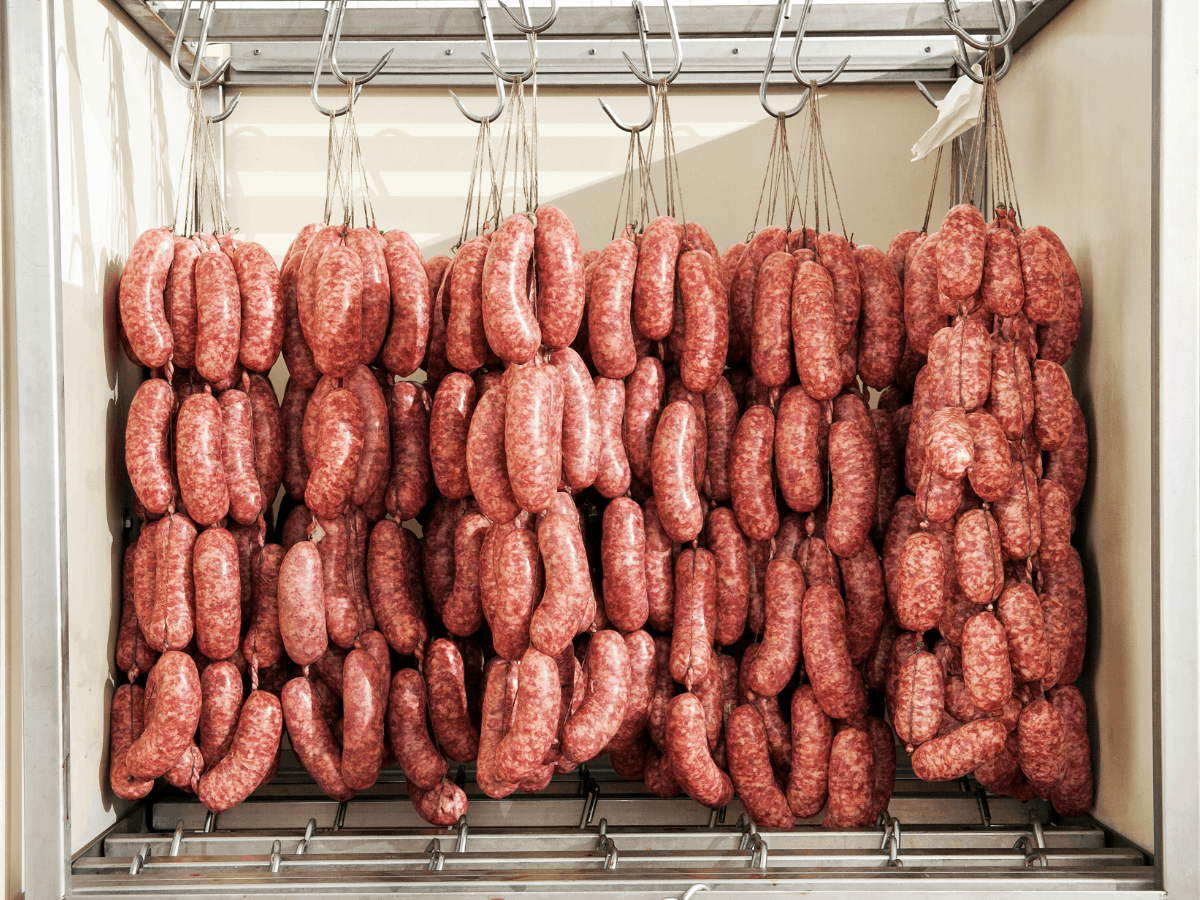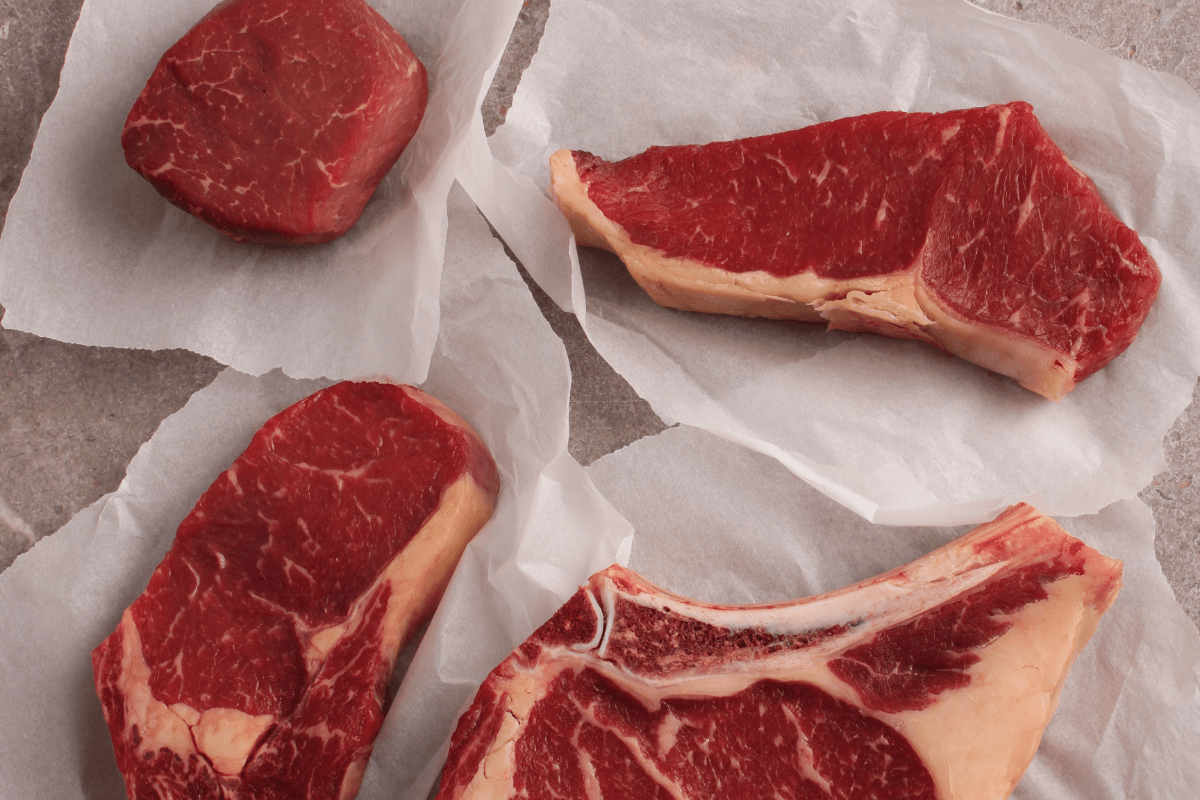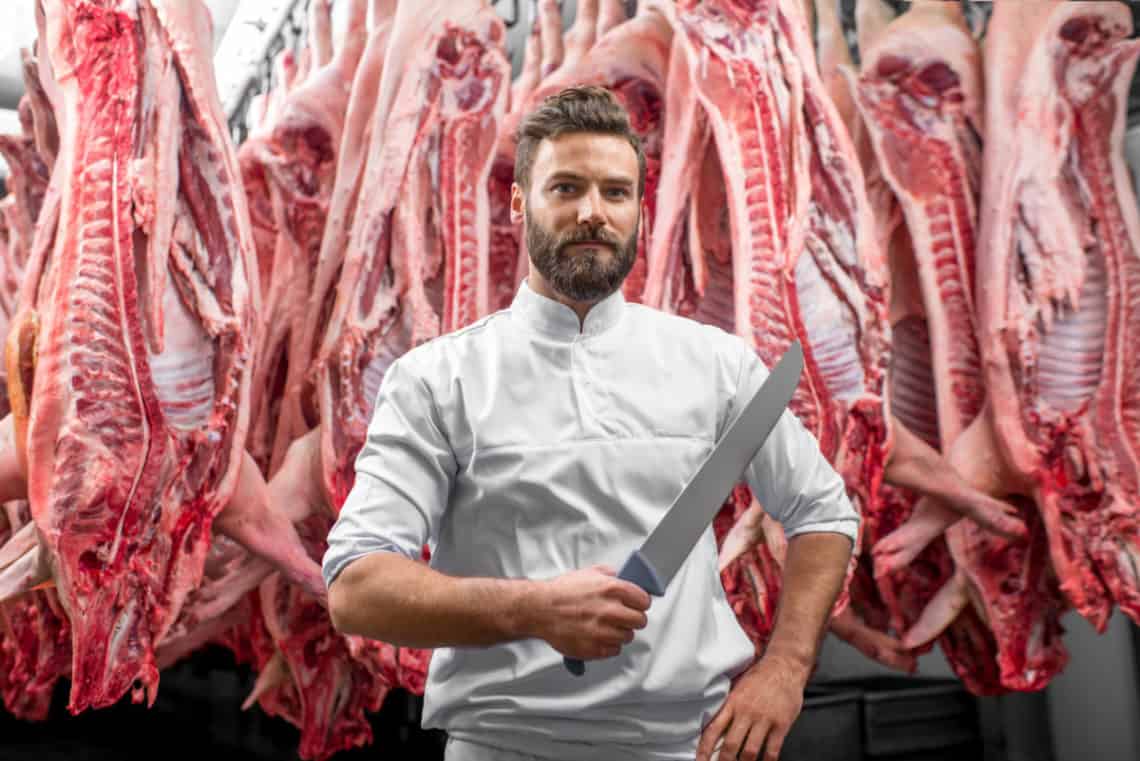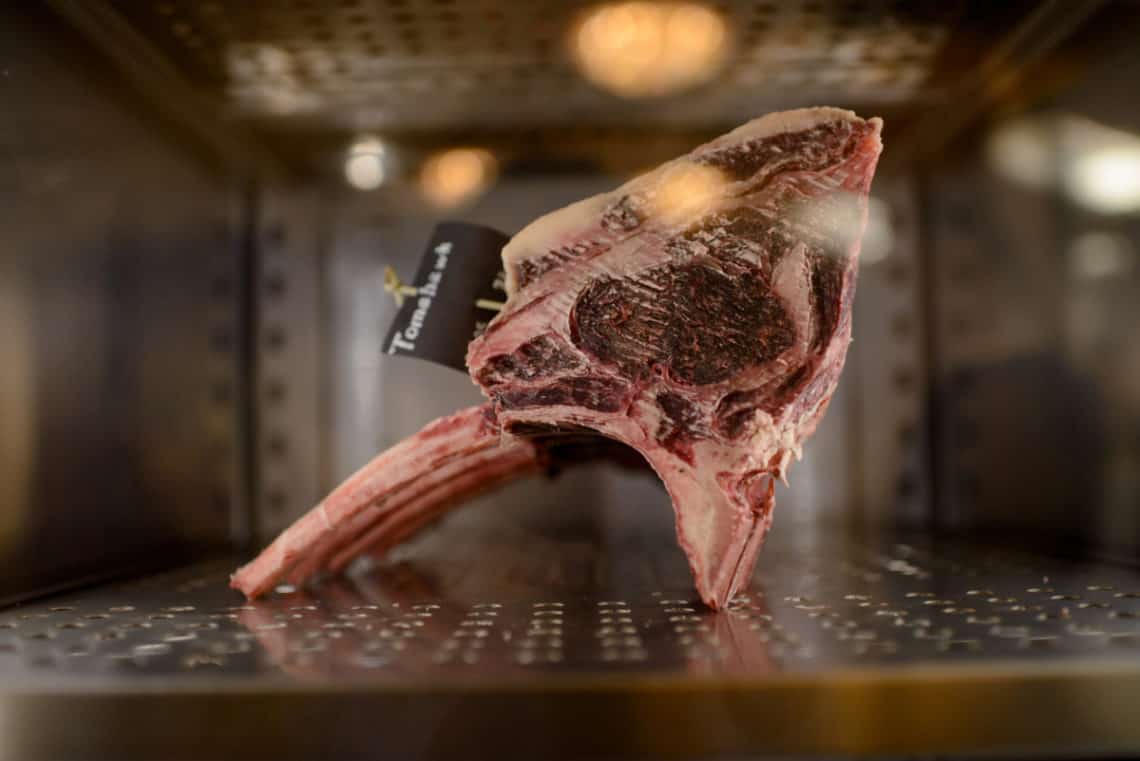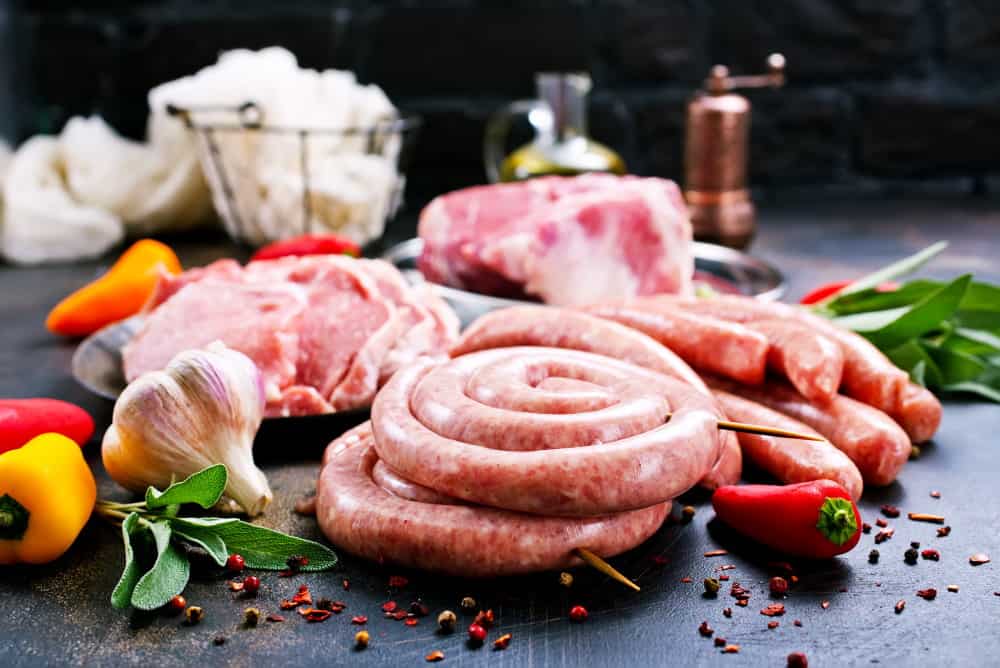There are many recipes out there that call for chicken legs, thighs or drumsticks, however not everyone knows what the difference is between these parts of the chicken. So what is the difference between chicken legs, thighs and drumsticks? Chicken leg refers to the whole leg portion of a chicken which is both the thigh and drumstick connected as one piece. When the whole leg is divided into 2 parts, it creates the thigh and drumstick portions. The chicken thigh is the top portion of the leg, and the drumstick is the lower calf section of the leg. Whole Chicken Leg Portion The whole leg of a chicken, or the…
-
-
How Many Sausages Do You Get In A Pound (454 grams)?
Buying sausages around the world can sometimes be a bit hit and miss as to whether you get the right quantity you need to feed the amount of people you are serving. Different shapes, lengths and thickness will alter how many you get per weight. So how many sausages do you get in one pound weight? Getting 6 Sausages is about average per one pound weight (454g). However every sausage maker will link their sausages to their own specifications, and so you could get a few as 3, or as many as 9, depending on the way the butcher produces them. Sausages Per lb Around The World Every traditional butcher…
-
The Perfect Thickness For A Tender & Juicy Beef Steak
Everybody likes their beef steak to be cooked just the way they like it, however getting it cut to the right thickness is half the battle to getting the perfectly cooked results. So what is the perfect thickness to have your beef steak cut? A beef steak should be cut 1.5 ” (inch and a half) to ensure that it is thick enough to be well seared, and remain rare if desired, but also not too thick that it will be overcooked on the outside if preferred well done! Why An Inch and A Half Steak Is Perfect Prime beef steak such as NY Strip, Rib Eye, T-Bone, Top Sirloin…
-
Butcher, Meat Cutter & Slaughterman – Same Meat, Different Roles!
Many people think that a Butcher, Meat Cutter and Slaughterman do the same job. This article explains how the different roles work together to bring a piece of meat from the field to your plate.
-
Dry Aged vs Wet Aged Beef : What Does it Mean & Which is Better?
Almost everywhere you look now when you are considering buying beef, whether it be at the meat market, supermarket or even at a steak house, you will see the beef being referred to as “aged”, “wet aged” or “dry aged. So what does wet aged and dry aged beef actually mean? When beef is “aged”, it essentially refers to the length of time that the meat has been left to mature such as 14, 21, 45 days etc. “Wet” aged beef refers to beef that has been left to age in a vacuum sealed pouch within it’s own blood, and “Dry” aged means it has been left to air dry…
-
Homemade Sausage – The Best Fat to Lean Ratio for Great Flavor
Sausages can sometimes get a bad rap as being unhealthy due to the amount of fat content, or low quality meat used. Whilst there are certainly some mass produced, lower quality sausages available in the supermarkets, you’ll find it’s a different story with the ones produced by independent butchers, or your own homemade sausages. So what is the right amount of fat to use in sausages? A general ratio of fat to lean in sausages is about 25% fat to 75% lean. This ratio will ensure the sausages have flavor, and will stay moist during cooking. The fat content can be adjusted by about 10% either way, however all sausages…
